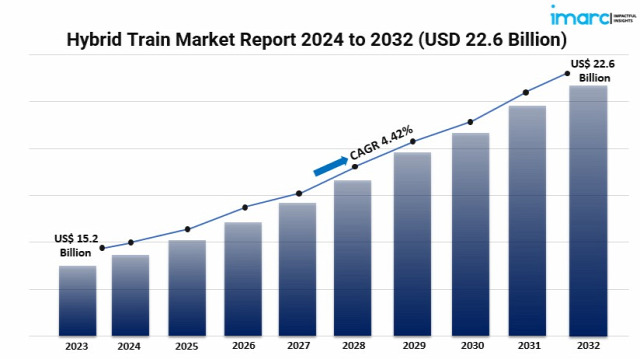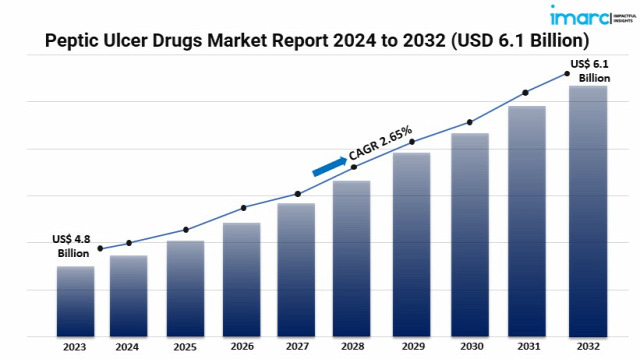The latest report by IMARC Group, titled “Rehabilitation Equipment Market Report by Product Type (Daily Living Aids, Exercise Equipment, Body Support Devices, Mobility Equipment), Application (Physiotherapy, Occupational Therapy), End Use (Hospital and Clinics, Rehab Centers, Home Care Settings, Physiotherapy Centers), and Region 2025-2033”, offers a comprehensive analysis of the industry, which comprises insights on the rehabilitation equipment market share.
Rehabilitation Equipment Market Growth Forecast 2025-2033
The global rehabilitation equipment market size reached USD 15.1 Billion in 2024. Looking forward, IMARC Group expects the market to reach USD 23.7 Billion by 2033, exhibiting a growth rate (CAGR) of 5.1% during 2025-2033.
Industry Trends and Drivers:
- Increasing geriatric population:
The increasing geriatric population across the globe is one of the major factors boosting the rehabilitation equipment market share. As life expectancy rises and the number of elderly individuals increases, there is a growing need for rehabilitation services to support the mobility, strength, and overall quality of life of the geriatric demographic. Older adults often experience conditions such as arthritis, stroke, and mobility impairments that require rehabilitation equipment for physical therapy and recovery. The demand for devices such as mobility aids, physiotherapy equipment, and home healthcare tools is, therefore, growing as more seniors seek to maintain independence and manage age-related health conditions. As the geriatric population continues to expand, the need for rehabilitation equipment is steadily rising.
- Rise in chronic diseases and injuries:
The rehabilitation equipment market trends indicate that the increasing prevalence of chronic diseases and injuries is contributing substantially to industry expansion. Conditions such as cardiovascular diseases, diabetes, musculoskeletal disorders, and neurological conditions often require long-term rehabilitation and therapy. The global rise in lifestyle-related diseases, accidents, and the geriatric population has led to a higher incidence of these conditions, propelling the demand for rehabilitation equipment. Devices such as prosthetics, exoskeletons, and assistive mobility products are becoming essential for patients recovering from surgeries, accidents, or chronic illnesses. The growing awareness about the importance of rehabilitation in improving quality of life is further boosting the rehabilitation equipment demand and supporting market growth.
- Advancements in technology and rehabilitation solutions:
Technological advancements in rehabilitation equipment are transforming the market and driving expansion. Innovations in robotics, artificial intelligence (AI), and wearable devices have improved the effectiveness and efficiency of rehabilitation treatments. Robotic-assisted therapy, virtual reality (VR) systems, and AI-powered devices are now being used to enhance rehabilitation exercises, making them more personalized and interactive. These technological advancements improve patient outcomes and also make therapy more engaging and motivating, encouraging widespread adoption. Furthermore, the development of smart rehabilitation devices that can track progress, provide real-time feedback, and connect with healthcare providers remotely has made rehabilitation more accessible and effective. This continual evolution of technology is significantly driving the overall rehabilitation equipment market size.
Request the sample copy of the report: https://www.imarcgroup.com/rehabilitation-equipment-market/requestsample
Top Rehabilitation Equipment Market Leaders:
The rehabilitation equipment market research report outlines a detailed analysis of the competitive landscape, offering in-depth profiles of major companies. Some of the key players in the market are:
Access Rehabilitation Group, BTL, DeVilbiss Healthcare LLC, DJO Global Inc. (Colfax Corporation), Dynatronics Corporation, GF Health Products Inc., Hill-Rom Holdings Inc. (Baxter International), Invacare Corporation, Joerns Healthcare LLC, Medline Industries LP, Roma Medical Aids Limited, Tyromotion GmbH, etc.
Browse Our Other Reports:
Rehabilitation Equipment Market Report Segmentation:
Breakup By Product Type:
- Daily Living Aids
- Medical Beds
- Bathroom and Toilet Assist Devices
- Reading Writing and Computer Aids
- Others
- Exercise Equipment
- Upper Body Exercise Equipment
- Lower Body Exercise Equipment
- Body Support Devices
- Patient Lifts
- Medical Lifting Slings
- Mobility Equipment
- Walking Assist Devices
- Wheelchairs and Scooters
Based on the product type, the market has been segregated into daily living aids (medical beds, bathroom and toilet assist devices, reading writing and computer aids, and others), exercise equipment (upper body exercise equipment and lower body exercise equipment), body support devices (patient lifts and medical lifting slings), and mobility equipment (walking assist devices and wheelchairs and scooters).
Breakup By Application:
- Physiotherapy
- Occupational Therapy
On the basis of the application, the market has been divided into physiotherapy and occupational therapy.
Breakup By End Use:
- Hospital and Clinics
- Rehab Centers
- Home Care Settings
- Physiotherapy Centers
Based on the end use, the market has been categorized into hospitals and clinics, rehab centers, home care settings, and physiotherapy centers.
Breakup By Region:
- North America (United States, Canada)
- Asia Pacific (China, Japan, India, South Korea, Australia, Indonesia, Others)
- Europe (Germany, France, United Kingdom, Italy, Spain, Russia, Others)
- Latin America (Brazil, Mexico, Others)
- Middle East and Africa
Region-wise, the market has been classified into North America (the United States and Canada), Asia-Pacific (China, Japan, India, South Korea, Australia, Indonesia, and others), Europe (Germany, France, the United Kingdom, Italy, Spain, Russia, and others), Latin America (Brazil, Mexico, and others), and Middle East and Africa.
Ask Analyst for Customization: https://www.imarcgroup.com/request?type=report&id=5697&flag=C
If you require any specific information that is not covered currently within the scope of the report, we will provide the same as a part of the customization.
About Us:
IMARC Group is a global management consulting firm that helps the world’s most ambitious changemakers to create a lasting impact. The company provides a comprehensive suite of market entry and expansion services. IMARC offerings include a thorough market assessment, feasibility studies, company incorporation assistance, factory setup support, regulatory approvals and licensing navigation, branding, marketing and sales strategies, competitive landscape, and benchmarking analyses, pricing and cost research, and procurement research.
Contact Us:
IMARC Group
134 N 4th St. Brooklyn, NY 11249, USA
Email: sales@imarcgroup.com
Tel No:(D) +91 120 433 0800
United States: +1-631-791-1145




